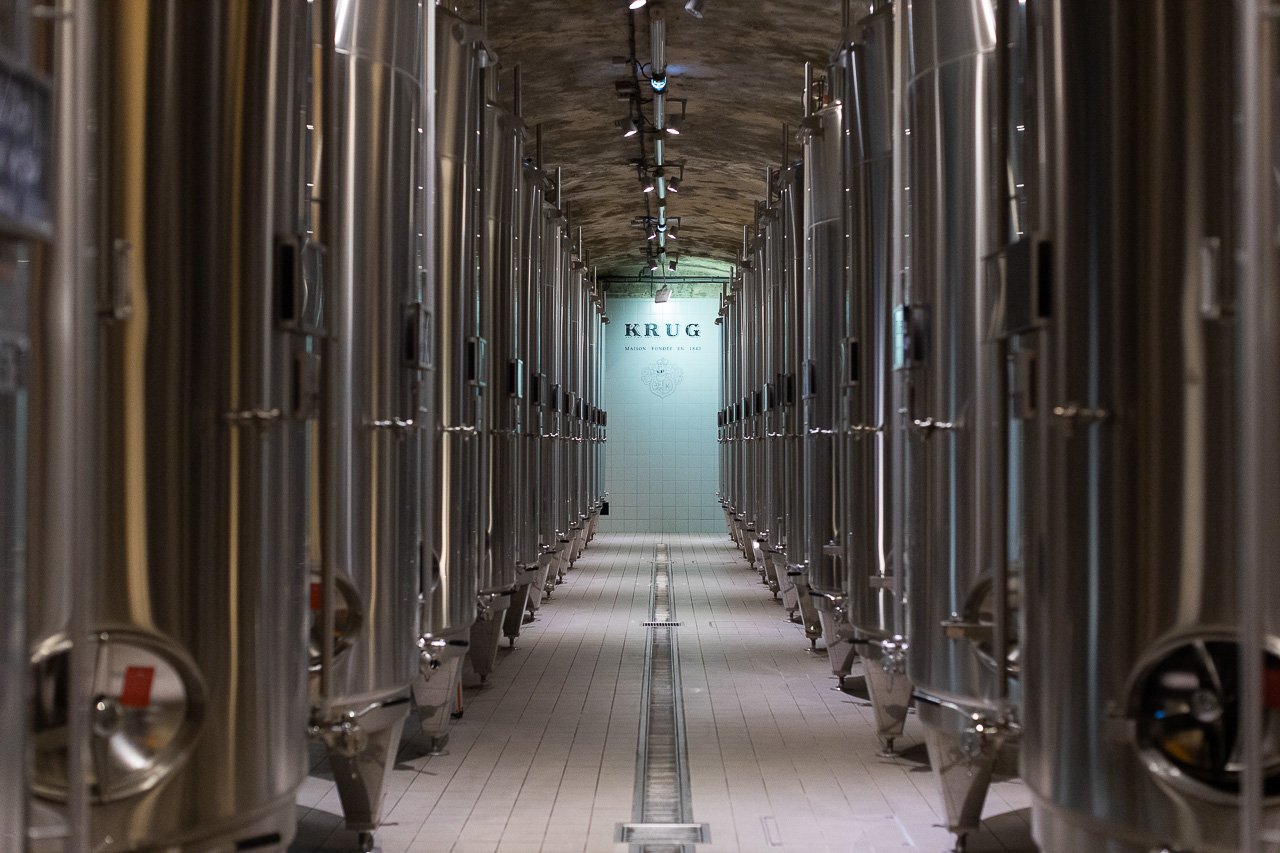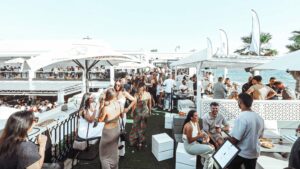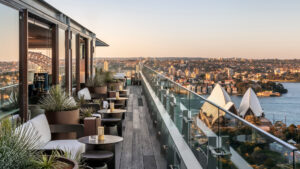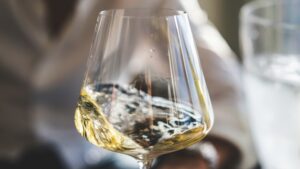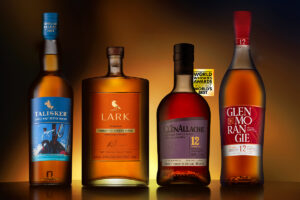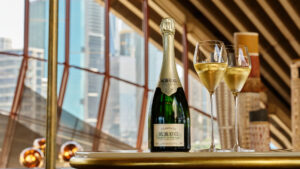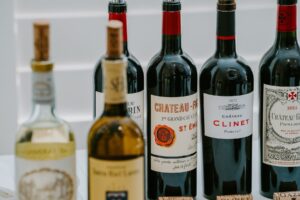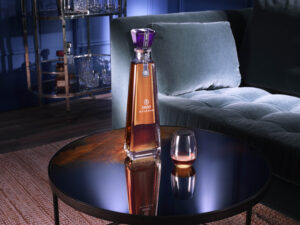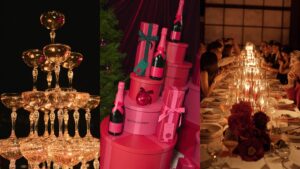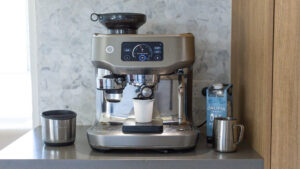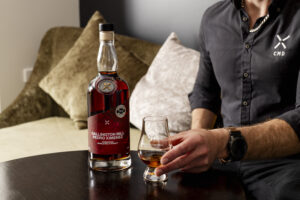Editor’s Note: This story originally appeared in Volume II of B.H. Magazine. For access to future issues, subscribe here.
If you ever happen to find yourself descending into the 150-year-old cellars at Maison Krug, in the heart of Champagne, be sure to ask for a throw. It’s not that the sub-12-degree cellar temperature is too chilly – although it could be, were you to walk all three kilometres – it’s so you can enjoy the tour cocooned in Loro Piana cashmere. With both brands falling under the LVMH stable, it’s safe to assume the Krug family got a deal on s basket of blankets that would likely cost you or I close to $100,000. Still, it’s fitting that we should appreciate the most desired brand in Champagne, alongside its fashion analogue.
Unfortunately, this money-can’t-buy experience is reserved for those who – you guessed it – spend the most money with the house, and we’re visiting with one of their most important clients, Singapore Airlines.
If you’ve had the pleasure of consuming Krug at 33,000 feet and wondered how the airline procures such a sizeable chunk of just 0.2 per cent of the region’s total production, know that they buy as much as they can, as often as they can. It really is that simple. On the contrary, the distribution, planning, storing, tasting, and ultimately, decision of what wine goes where, is anything but.
RELATED: The 15 Best Champagnes To Buy In Australia
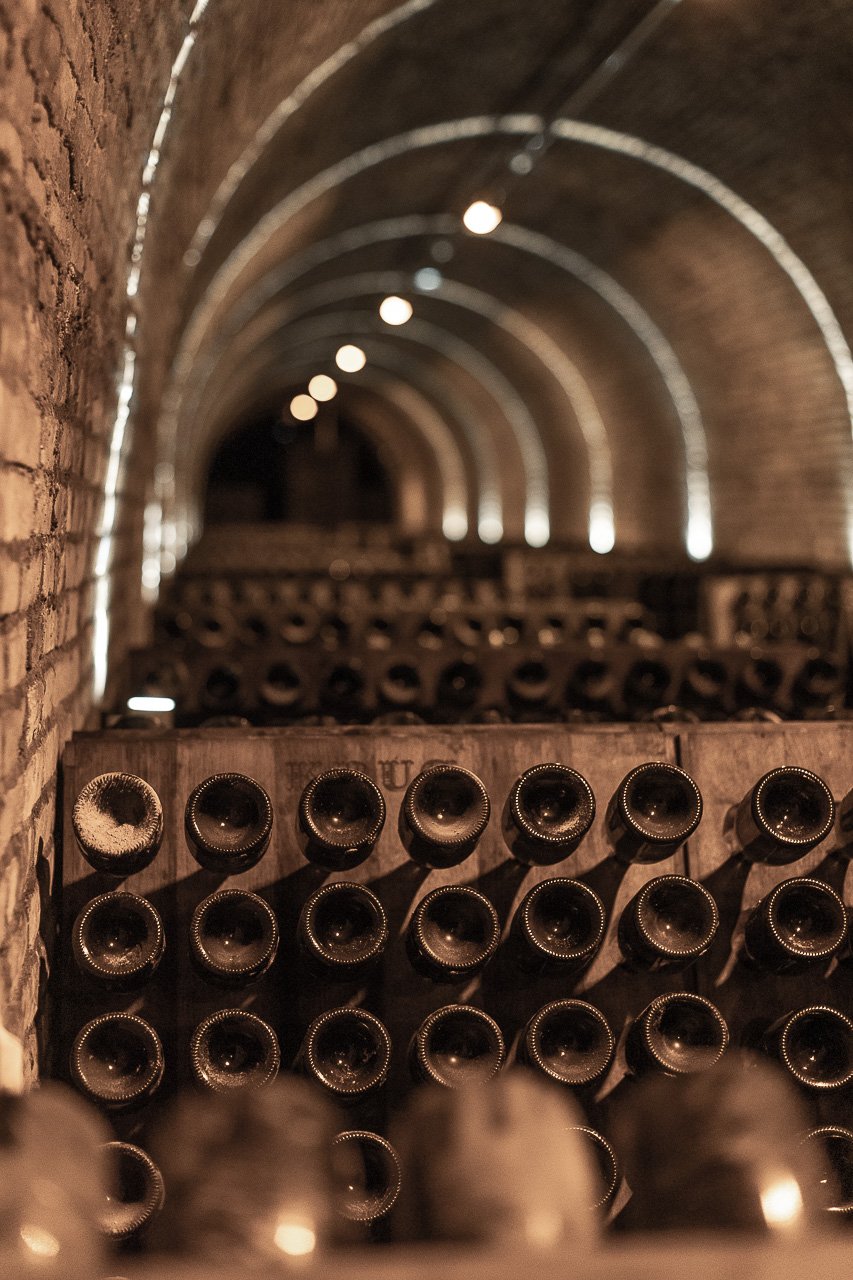
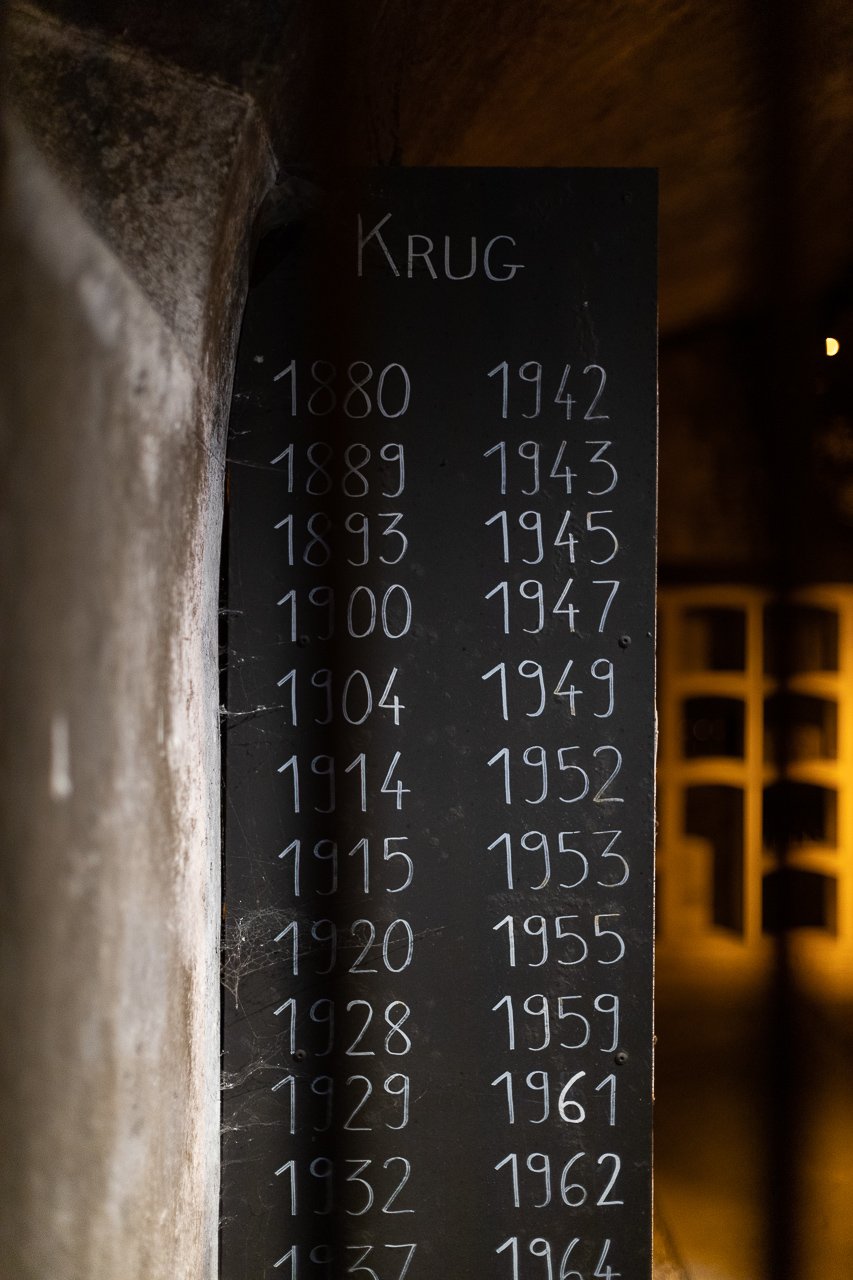
Our gustatory adventure through Reims – the unofficial capital of the Champagne region – begins at the most underrated of the 24 Grandes Marques (“Great Brands”), Charles Heidsieck. Unlike Krug’s comparatively young cellars, the magic of Charles Heidsieck happens in its subterranean labyrinth. We descend 106 narrow spiral stairs, 30 metres below the ground, and pop out into a series of white-chalk chambers known as crayères. They are, in fact, 2,000-year-old Gallo Roman pits that were excavated to build defensive walls around the ancient city.
The crayères were added to the UNESCO World Heritage List in 2015 and consist of 47 chambers linked by an eight-kilometre network of tunnels. It’s dark and humidity is roughly 90 per cent, resulting in a consistent, year-round temperature of between 10.5 and 11 degrees Celsius – ideal conditions for ageing wine. Founder Charles Heidsieck recognised the potential of the dormant site, including the enchanting garden above it, and acquired it in 1867. It’s one of a handful of remarkable, historical sites we visit during our trip, which continues over a glass of Rare Millésime Rosé 2014 at Residence Eisenhower.
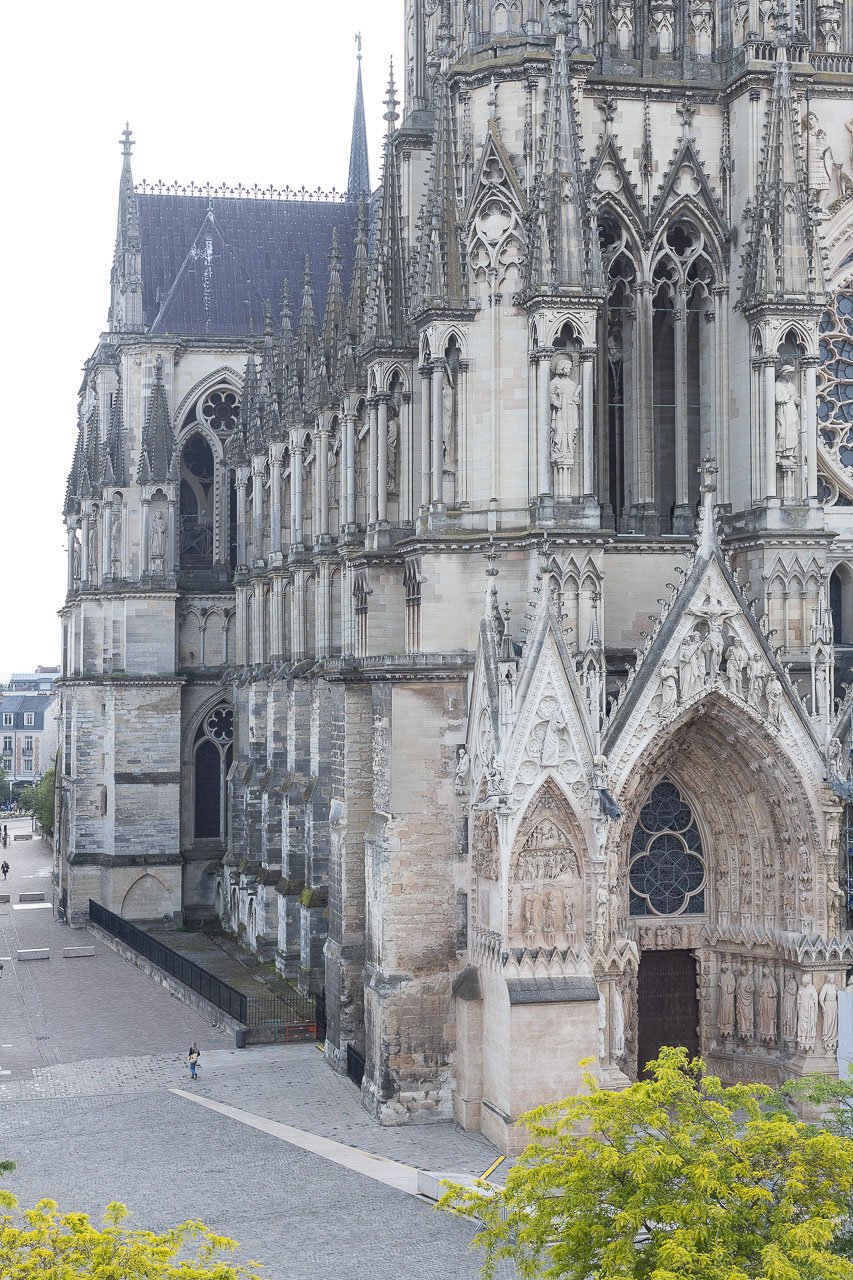
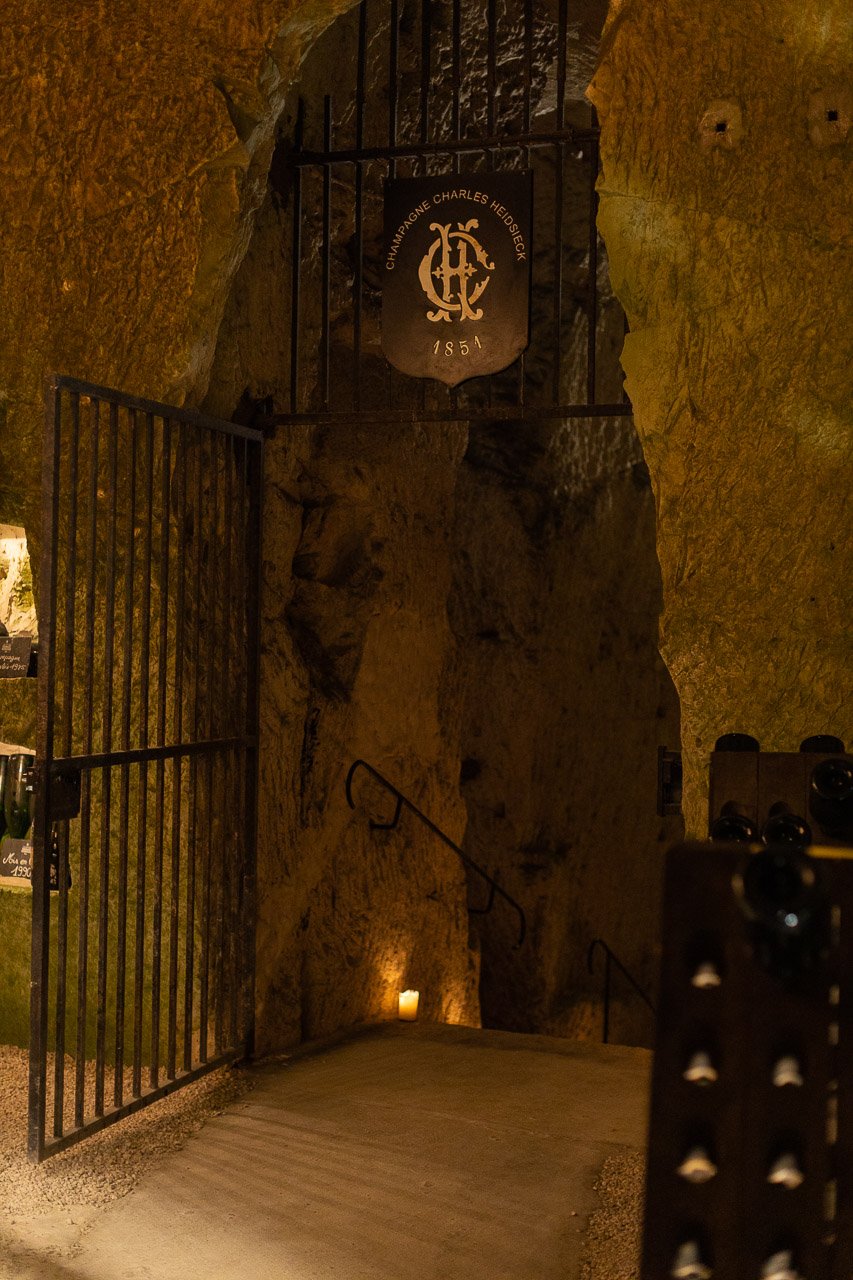
The former Mignot Hotel was home to General Dwight D. Eisenhower when Reims was recaptured by Allied forces in 1945. After becoming apartments, the building was slowly acquired and transformed by Christopher Descours, owner of EPI Group, who purchased Charles Heidsieck Champagne, Piper-Heidsieck Champagne, and Rare Champagne in 2011.
Accompanying us is Asia’s first Master of Wine, author, critic, and judge, Jeannie Cho Lee, as well as one of the world’s most celebrated and colourful wine authorities, Oz Clarke. The pair make up the Singapore Airlines Wine Panel, alongside Australia’s veteran wine commentator and first Master of Wine, Michael Hill Smith. The panel is instrumental in both acquiring and allocating the wines, and when supply is tight – as it always is at both Krug and Charles Heidsieck – decades-old relationships are leveraged to access the best stuff.

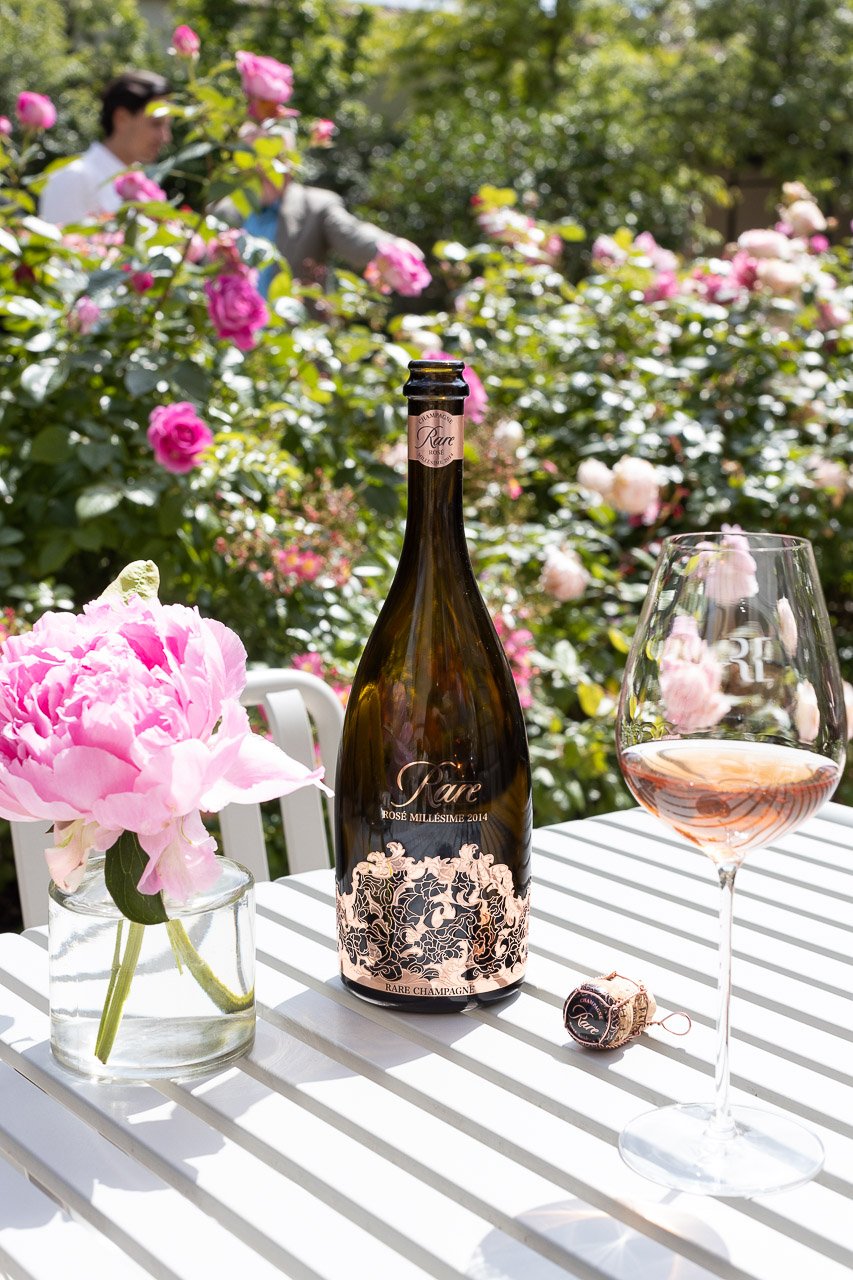
Singapore Airlines has been championing Charles Heidsieck for years, in fact the NV Brut Reserve – which the house blends with 50 per cent reserve wines, an unusually high quantity – has become synonymous with the brand’s Business Class offering. So intertwined, one cannot be enjoyed without the other. Yet, the afternoon is less about tasting the wines that showcase the partnership, and more of a celebration of it, as CEO Stephen Leroux and Chef de Cave Elise Losfelt dust off the back vintages for a dinner that made several grown men cry.
Despite being utterly exquisite, there’s a number of reasons you won’t find Charles Heidsieck Millésimé Brut Collection Crayères 1983 on a menu in the sky – scarcity and price, of course, but also suitability. Singapore Airlines blind tastes roughly 1,000 wines twice a year, scores them using the Parker rating system, then assigns them to a relevant cabin class. However, what ends up in the sky depends on supply, and how the humidity – which affects the way we replenish our saliva, making everything taste a bit drier – affects the palate.

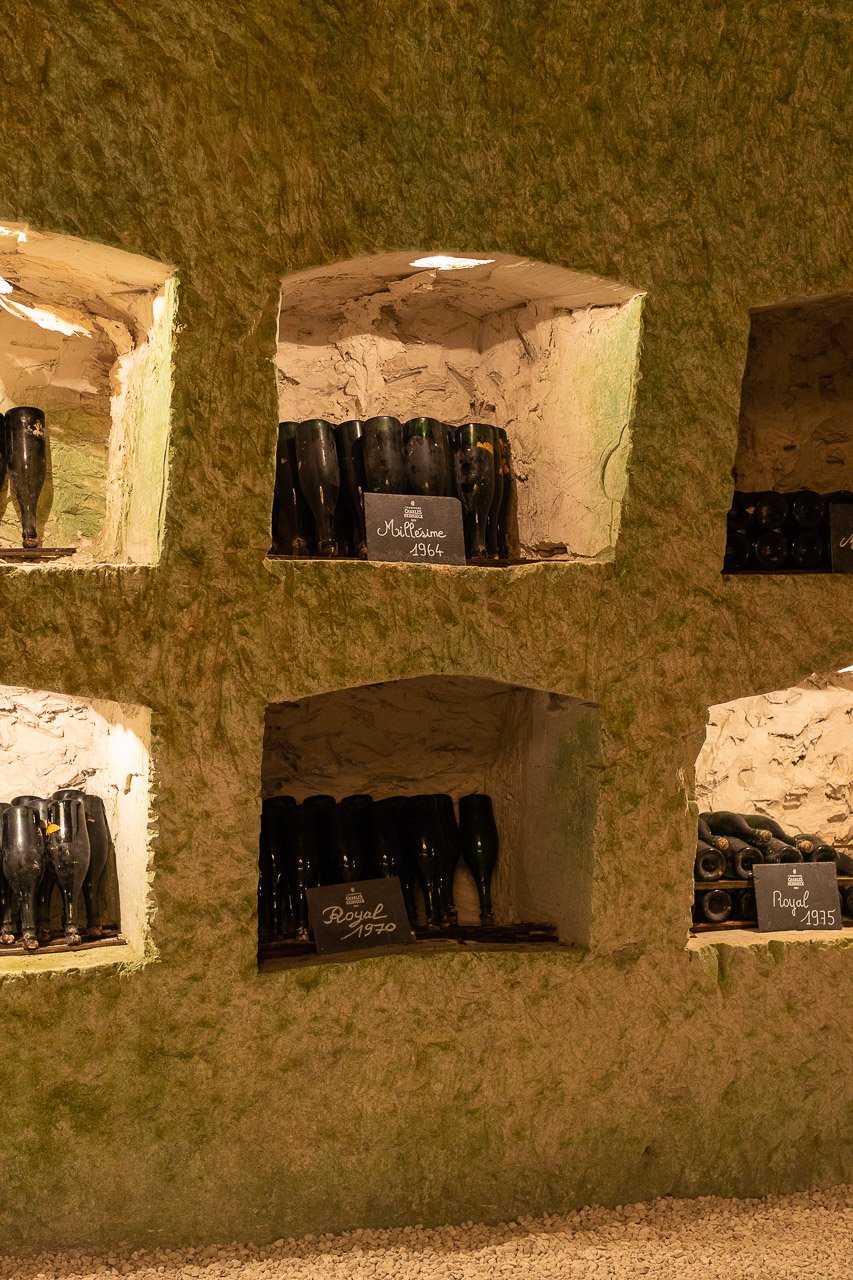
“When we’re at 30,000 feet, we are going to have a drier palate, so we want something that is going to quench our thirst but also provide enough rounded acidity, with that mid-palate creamy roundness that comes from lees ageing and the use of reserve wines,” explains Jeannie Cho Lee. The panel must find wines with the right level of expression, so they don’t get lost in conditions that aren’t ideal. “We don’t want anything too sharp, but we also don’t choose anything too weak, or too old. You don’t know how an older wine is going to show, or how it’s going to express itself [in the air], so we don’t take that risk.” Finding the balance between maturity, drinkability, and ’gramability is critical to guest enjoyment.
The quantities of a particular wine or Champagne will determine the routes in which they are served. The pouring plan is created up to a year in advance with roughly 12 bottles of Champagne allocated per flight, per sector. Consumption patterns also come into play – Australians are big drinkers, we’re told – so additional loading opportunities will be analysed depending on aircraft, cabin space, galley configuration, and seating capacity. Thank goodness for that.
Premium routes will receive wines with more supply, such as Piper-Heidsieck Brut Vintage 2015, while non-premium routes or shorter sectors might feature a limited run of wines to give people the opportunity to taste a wine they might not see on long-haul or mid-haul flights. Variety and seasonality also come into play, and finally, perhaps the most important consideration – how the wines pair with the
food menus on board.


The real question is, can a Champagne alone skew you in favour of one airline over another? At the very least, can an airline’s reputation for compiling enviable wine lists entice you to choose them over their competitor? Unfortunately the aforementioned supply concerns mean customers must manage their expectations, and that poses a challenge for airlines. What was served last month, may not be served this month and it’s likely out of the airline’s control.
I consumed a number of Champagnes over the three days that could have convinced me to book one ticket over another: a Charles Heidsieck Blanc des Millénaires 2014; a Krug Grande Cuvée 162ème Édition Jeroboam; and a Taittinger Comtes de Champagne Blanc de Blancs 2002 in Magnum. For those who love and appreciate Champagne, the prospect of drinking any one of these bottles is exciting. To drink all three in the same number of days, that’s jealousy-inducing. Throw an extravagant lunch with Champagne scion Clovis Taittinger into the mix, at his family’s Château de la Marquetterie – well that’s an experience unlikely to ever be repeated.
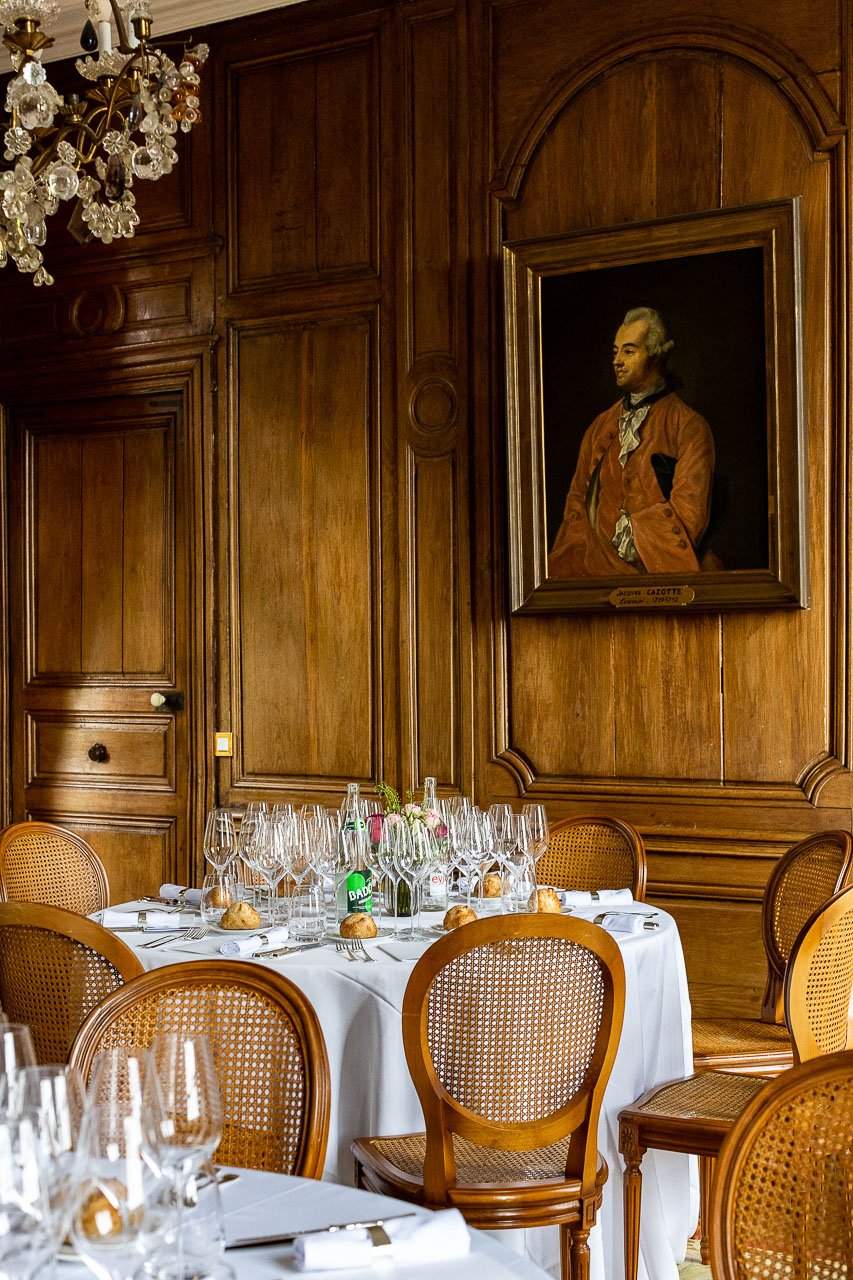
It’s an immensely entitled thing to think about, let alone worry about – what Champagne you’ll be served in a First Class cabin – but knowing an “air sommelier” is going to pour you one of the most desirable and delicious wines on the planet is likely the only reason First Class still exists.
The writer travelled to Champagne as a guest of Singapore Airlines.
If you’ve enjoyed this discussion about how the world’s great airlines compile their in-flight wine lists, consider a few more of our favourite stories — direct from the pages of BH Magazine:
